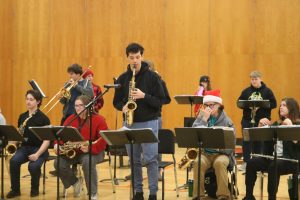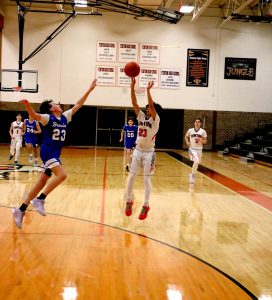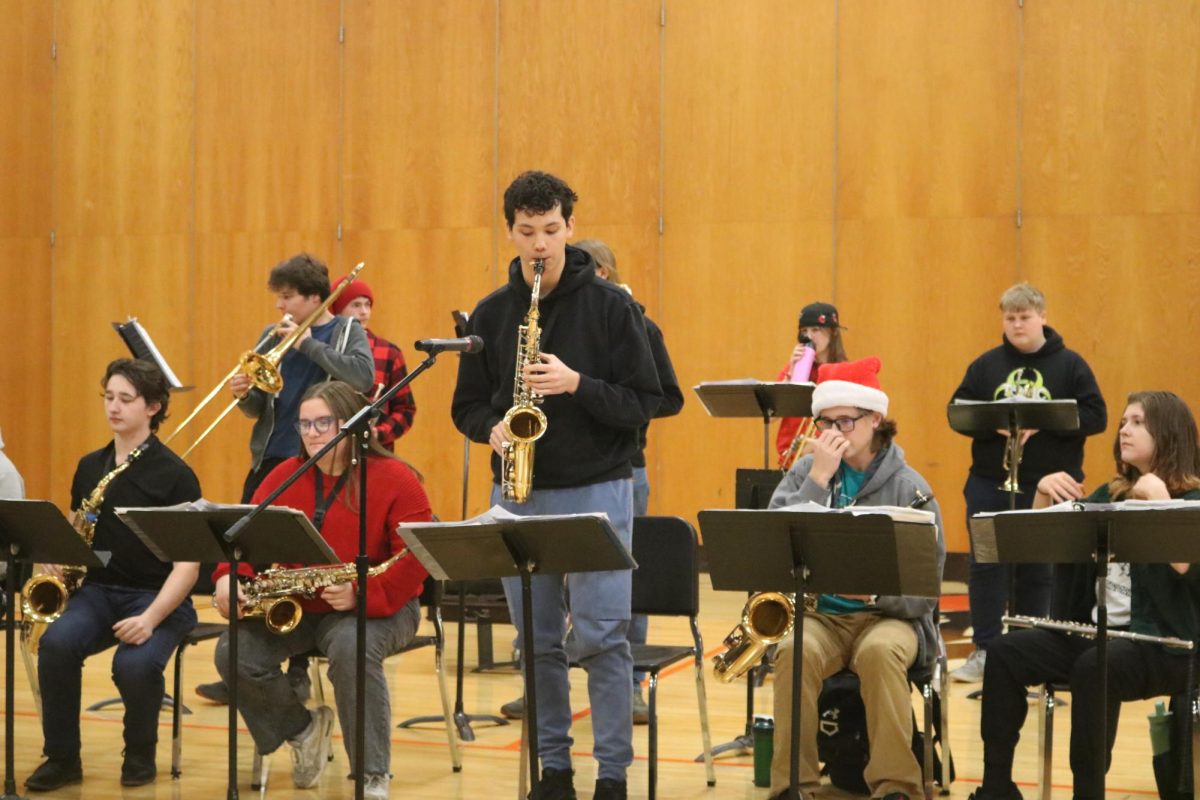Students and teachers try new classroom procedure
December 29, 2017
As a child, exploring was a favorite pastime. I loved exploring the woods, new rooms, games and scenarios until dusk. As a student discovering ways to explore study habits can make the learning experience much more engrossing.
For most students, the definition of an “average class” consists of taking notes given by the teacher, then completing a homework assignment on their own time. Some teachers have questioned this procedure and decided to do the exact opposite of what has been practiced for years. It is exactly how it sounds — flipped. The flipped classroom procedure is helpful for students and teachers as it displays many advantages.
Remaining focused and maintaining the pace given by the instructor while sitting in the same desk for an hour and a half can be grueling. As teachers started taking note of this lack of attentiveness, they started using a process where students take notes in their free time during or after school hours. Then, in the classroom, students and teachers are conquering the homework together. This enables students to gain a better knowledge of the material as the teacher can walk them through any problem they do not understand.
The flipped classroom also builds a sense of increased responsibility with their own learning. Students have the ability to slow down or rewind any part of the lecture when they have questions. This provides students the comfort of taking notes at their own pace and eliminating the stress of trying to keep up and absorb the material at the quickened pace given by the teacher. Student supporters of the flipped classroom procedure cite that the system makes it easier to not daydream during class and miss an important part of the notes.
As teachers venture out and experiment with the flipped procedure, they are seeing positive effects on students’ performances. With more time in class, teachers can help further a student’s understanding by conducting more hands-on activities. Teachers also feel that this technique helps build relationships with their students as more individual interaction is important for students’ learning.
According to studies conducted by the American Society for Engineering Education, student engagement and problem solving skills increased during the flipped practices from 24 percent to 54 percent. More students were noted to have asked more questions leading to higher interactivity percentages with the professor.
Teachers plan to continue this process and proceed to keep seeing the students’ benefit. A student’s understanding and knowledge regarding the criteria is the most important factor. At the end of the day, that factor should be the number one priority for teachers, even if that means switching from a habitual procedure they have become accustomed to over the course of their academic careers.







